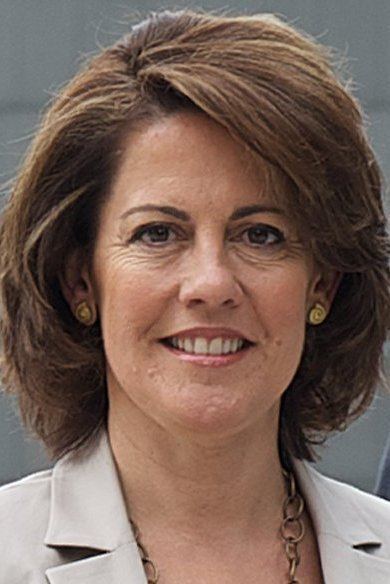Registered 485,386 2.9% 19 April 2009 28 June 2008 22 seats, 42.2% 12 seats, 22.5% Date 22 May 2011 | Turnout 327,281 (67.4%)
6.4 pp 28 June 2008 16 September 2006 12 seats, 22.5% 12 seats, 23.6% Location Navarre, Spain | |
 | ||
Other Instances Navarrese parliamentary election, 2015 Winner Yolanda Barcina | ||
The 2011 Navarrese parliamentary election was held on Sunday, 22 May 2011, to elect the 8th Parliament of Navarre, the regional legislature of the Spanish autonomous community of Navarre. At stake were all 50 seats in the Parliament, determining the President of Navarre.
Contents
The Navarrese People's Union (UPN) had formed the government of the region since the 1996. Between 1991 and 2008 UPN had an agreement with the People's Party (PP), functioning as PP sister party in the region in exchange for the PP itself not contesting elections in Navarre. The pact was broken in October 2008 following a dispute over a budgetary vote in the Congress of Deputies. As a result, this was the first regional election since 1987 in which both parties ran separately.
Another novelty for this election was that incumbent President Miguel Sanz had announced his intention not to run for a fifth term in office, being replaced as UPN candidate by Mayor of Pamplona Yolanda Barcina.
UPN remained the first political party of Navarre, albeit with a diminished popular vote due to the PP split. The PSN-PSOE obtained the worst result of its history up until that point, but recovered the 2nd place it had lost to Nafarroa Bai in 2007, which dropped to 3rd place as a result of Bildu's entry into Parliament.
Electoral system
The 50 members of the Parliament of Navarre were elected in a single multi-member district, consisting of the Community's territory (the province of Navarre), using the D'Hondt method and a closed-list proportional representation system.
Voting was on the basis of universal suffrage in a secret ballot. Only lists polling above 3% of the total vote in all of the community (which include blank ballots—for none of the above) were entitled to enter the seat distribution.
As per article 12 of the Navarrese Electoral Law, election day was set for the fourth Sunday of May every four years. From the 2001 reform of Navarre's Statute of Autonomy, the President of Navarre could dissolve Parliament and call for a snap election at a time different than the legally established date, but was barred from doing so when less than one year remained for the next election's scheduled date. New elections would also have been automatically held in the event of a parliamentary deadlock in the election of a new President for three months after voting day. Before the 2001 reform, the head of the largest parliamentary party became President if no candidate obtained a majority within 90 days. In both cases, the newly elected Parliament would have a full mandate for a four-year period.
Vote
Poll results are listed in the table below in reverse chronological order, showing the most recent first, and using the date the survey's fieldwork was done, as opposed to the date of publication. If such date is unknown, the date of publication is given instead. The highest percentage figure in each polling survey is displayed in bold, and the background shaded in the leading party's colour. In the instance that there is a tie, then no figure is shaded. The lead column on the right shows the percentage-point difference between the two parties with the highest figures. When a specific poll does not show a data figure for a party, the party's cell corresponding to that poll is shown empty.
Seat projections
Opinion polls showing seat projections are displayed in the table below. The highest seat figures in each polling survey have their background shaded in the leading party's colour. In the instance that there is a tie, then no figure is shaded. 26 seats were required for an absolute majority in the Parliament of Navarre.
